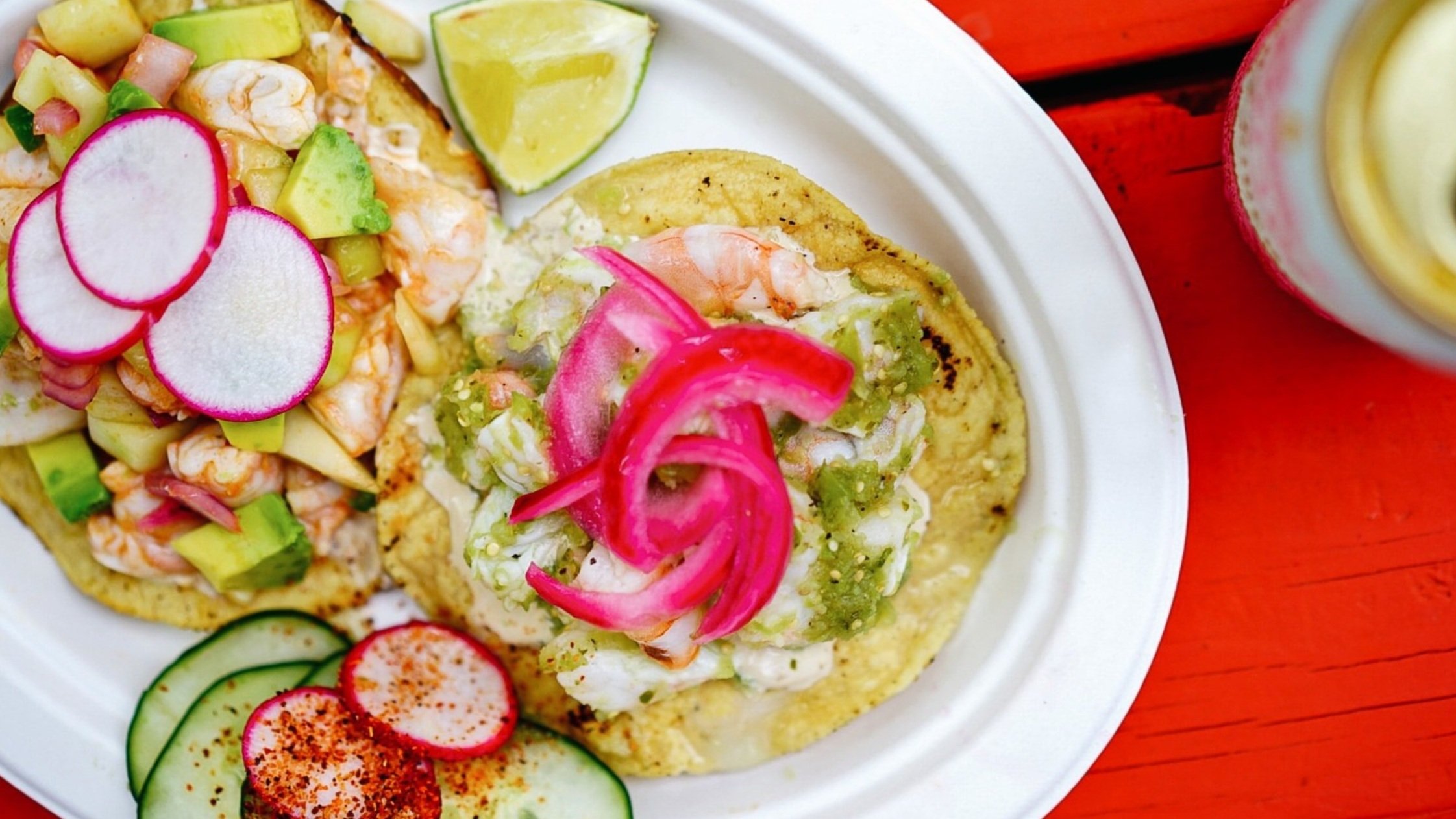Realtime Operations Management that lets you focus on the important things. (In this case, tacos)
This project was an ask that came from a new arm of the business, wanting an operations monitoring and management dashboard that allowed them to cut manual checkins, reliance on individual relationships and make sure they’re ahead of the needs of each operating location.
To showcase the work, lets imagine we’re a booming taco truck business, with multiple trucks in many locations. How might we track, monitor and prepare for possible issues?
This case study is based on a client project that I cannot share fully under a NDA. While it accurately shows my design process it has been modified to omit any data or details on the content and the designs have been altered to allow sharing of my work. In an individual interview I can elaborate my involvement in more detail.

Role
Lead Designer —
Discovery, UX Research, Design, Prototyping, User Testing, QA, Requirements & Strategy
Team
Business Team (PO, PM)
Development Team (Developer, Data Engineer)
Overview
An internal operations management app that allows businesses to manage day to day operations as well as overall reporting of KPIs
The Problem
The goal of this project was to create an operational monitoring and reporting tool for a new arm of a larger business. Because there were no existing processes, we built a tool focused on transitioning most of the manual and repetitive tasks to a digital dashboard that increased both productivity and accuracy of data. We streamlined various tools currently in use to track realtime status of tacos trucks, KPIs for sales as well as inventory so the operators could expect when to restock or schedule maintenance and keep track of sales and growth.
The biggest challenge with this project in its current state was needing to quickly deploy a POC to validate the user stories for a new product as well as build up the proper back end data connections to ensure trust from the users from the start. Considering these factors as well as budgetary needs, the business decided to start with an off the shelf solution (PowerBI) before committing to a custom build.
The actual product had to be modified to work around the platform’s native restrictions but the designs here are from the feedback and validation stage where we tested the idea with users and includes my own edits for a potential custom build solution down the road.
The Approach
Discovery
Set up user interviews to better understand the current workflow, user needs and pain points. Through this process we learned that currently most operational workflows were done manually by accessing various tools and data sources separately. Additionally there was heavy reliance on institutional knowledge and personal relationships without any automated processes.
Wireframe
Set up overall tool layout for review with the user team, validate user needs and review direction before setting up design phase.
Testing (QA and Users)
Unmoderated, qualitative. With a small user group to start, we provided some guidelines for testing and feedback. With the feedback we got (for both design and data) we were able to successfully plan for future features and improve on existing features and performance,
Iterate
Post POC, we validated the user needs for our tool and and triaged improvements for both a PowerBI and custom build option. With added interest from different teams and user groups we added features and started documenting and building based on an expanding user group.
Product Planning/Iterate
Based on the timeline and requirements, we decided to move forward with an off-the-shelf solution. In this phase we were able to set acceptance criteria and user stories to set ourselves up for success for POC while also looking forward to the MVP stage.
Design
Design screens based on PowerBI restrictions including interaction notes
Review developed pages and provide detailed feedback. Through a very collaborative and open relationship with the developer, we maximized the opportunities that PowerBI provided.
The Outcome
The Results
Once we presented our product to the larger business we garnered a lot of interest in becoming users of our tool with some added features. I was able to connect different user groups by doing separate user research and then consolidating user stories for a streamlined but expanded platform, improving efficiency by getting everyone on the same tool.
What I Learned
Working with Power BI
While less desirable (native limitations in customization and lacking in usability) , in order to test with live data and get close to real use case feedback from the users, we decided to table a custom product, which meant pivoting the designs and taking a possible usability hit. Through this process I was able to stretch my UX design skills by working within tighter boundaries and learning to provide user friendly designs no matter the platform.
User Centricity in Product Planning
Aside from just the UI Designs and UX reviews, I was deeply embedded into every product feature, running meetings with the business team, technical team, development team and the leadership teams. In turn we were able to keep focus on the users no matter which direction we took and made sure to educate the business on the value of user centricity in seemingly ‘non-design’ decisions.


